How Soybeans Fit into Your 2022 Rotation
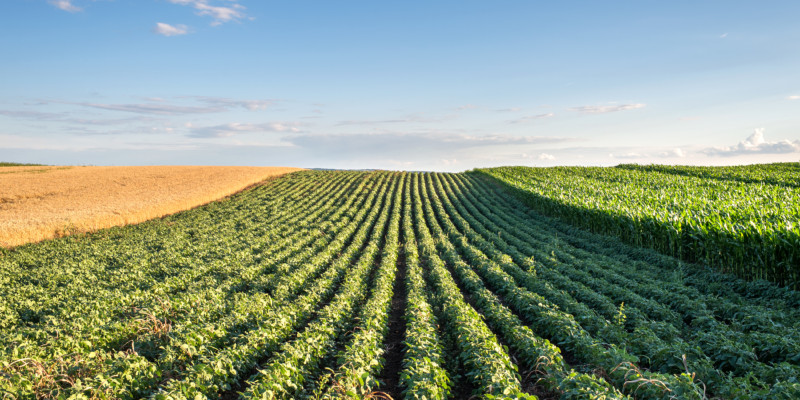
Despite the range in drought conditions this summer, soybean crops in Manitoba performed relatively well versus other crops. Late summer rains enabled a fair number of soybean fields to produce… Read more

Despite the range in drought conditions this summer, soybean crops in Manitoba performed relatively well versus other crops. Late summer rains enabled a fair number of soybean fields to produce… Read more
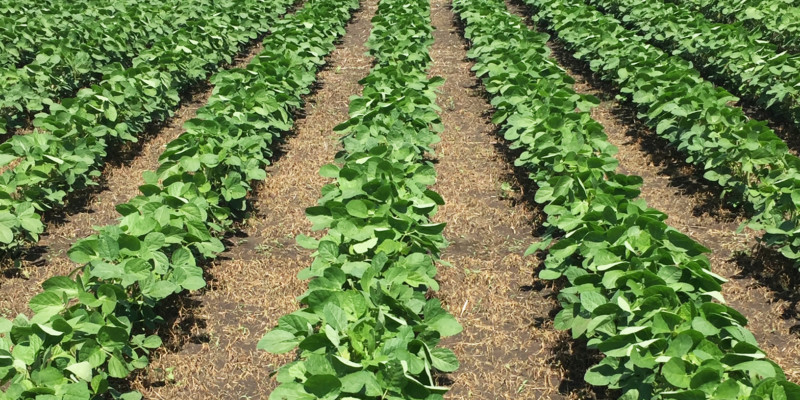
Every year, growers are looking for an edge to help push their soybean varieties and corn hybrids to reach their maximum yield potential. Plant tissue testing can be a useful tool to help you reach your yield goals.

NorthStar Genetics is on the Move to Domain NorthStar Genetics is excited to move to Domain, Manitoba. Currently located in an office complex in St. Norbert, NorthStar Genetics is pleased… Read more

Let’s push for BIGGER soybean YIELDS! We live and breath soybeans in Western Canada. This year we will learn more about how to maximize the yield on your farm. 12… Read more
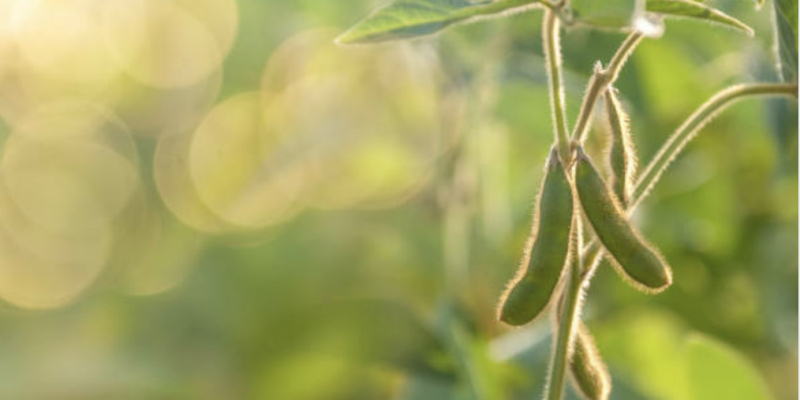
As shared in Part 1 of our two-part article, the genetic potential within a seed is not realized within a growing season due mainly to abiotic stresses (temperature, wind, sunlight, flood, drought, salt, minerals, etc). Helping reduce stress can have a positive impact on soybean yields.
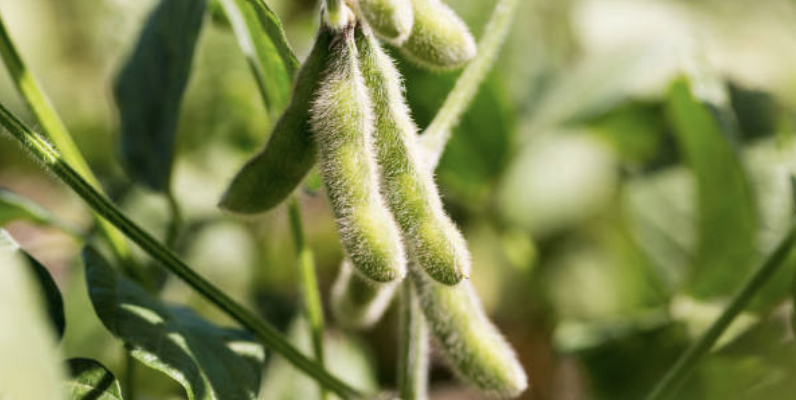
Mother Nature needs to provide an August rain in order for soybeans to yield, right? Are we solely at the mercy of Mother Nature or can things be done to reduce the risk of not getting an August rain?

Wow! What a change in the landscape of the commodity world. It is hard to believe that in just nine months we can see grain prices rally between 36% and 70% from the lows just last April.
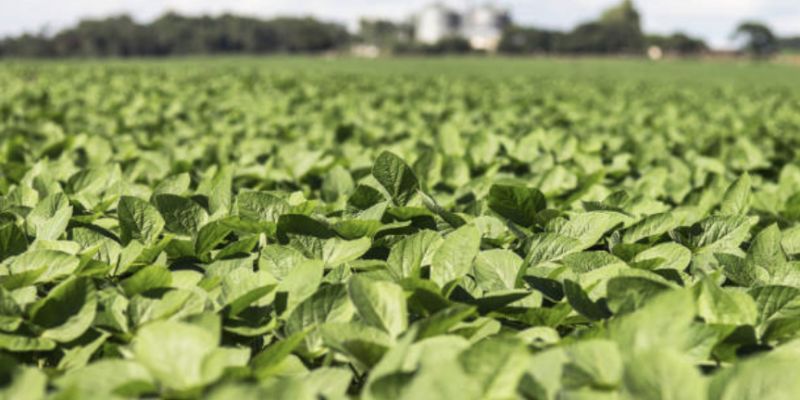
It is well documented that proper crop rotation is best practice for the sustainability and longevity of your farm. Rotating crops in a 3- to 4-year cycle helps lower disease and insect pressure, prolongs herbicide weed resistance when altering groups and adding tank mixes, and helps in tillage and fertility. There are plenty of benefits. So why do farmers deviate from their rotation?
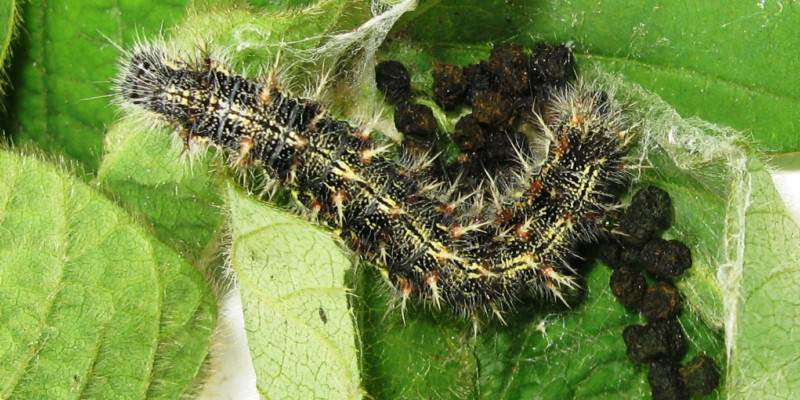
By Geoff Geddes If you’re not losing sleep over thistle caterpillar, it has yet to eat away at your profits. While its common name – the painted lady butterfly –… Read more
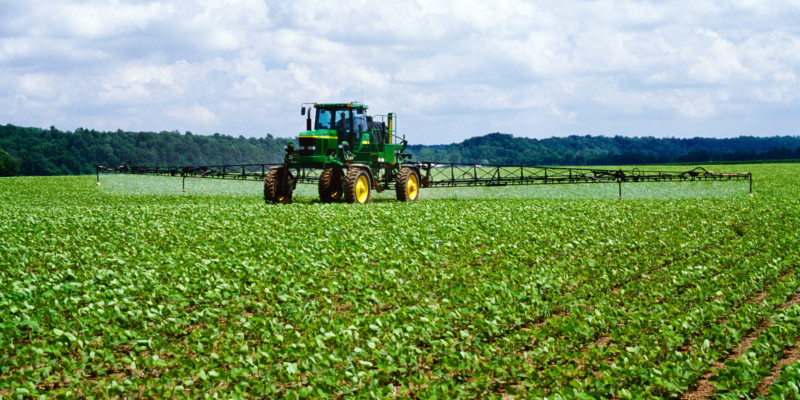
By Ron Friesen Western Canadian soybean growers face a tough battle against early weeds this spring after an unusually wet fall left fields in terrible shape. A wet September followed… Read more


